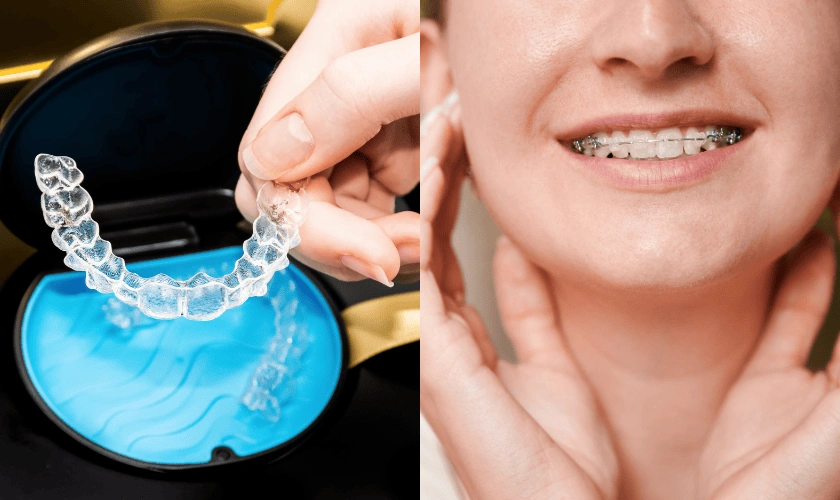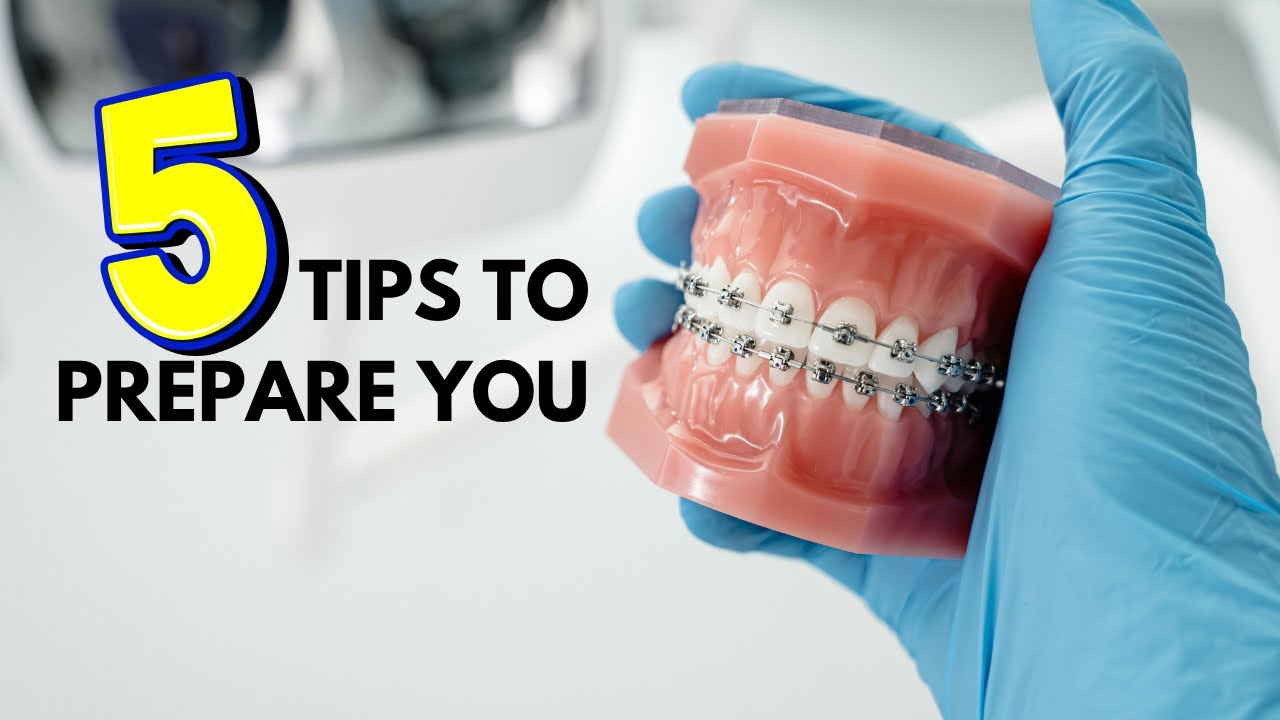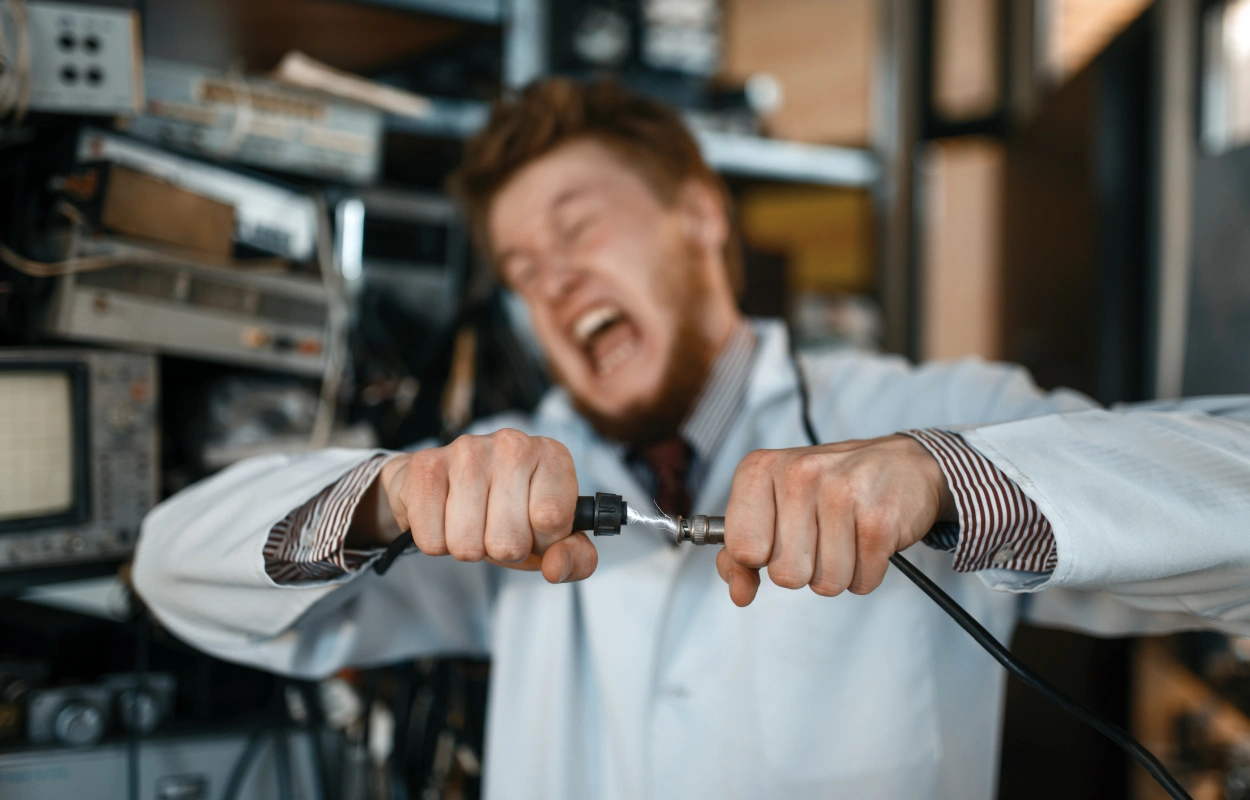
For many, a dazzling smile is a confidence booster. Yet, misaligned teeth can hold you back from achieving that perfect grin. If you’re considering orthodontic treatment, you’ve likely stumbled upon two popular options: braces and Invisalign. Both methods are effective, but choosing the right one depends on your individual needs and preferences.
Metal Marvels: The Tried-and-True Braces
Braces have been the gold standard in teeth straightening for decades. The traditional metal braces consist of brackets bonded to each tooth and connected by a thin wire. Orthodontists periodically tighten the wire, applying gentle pressure that gradually moves your teeth into their ideal positions.
Advantages of Braces
- Effective for Most Cases: Braces are highly effective in correcting a wide range of orthodontic issues, from minor misalignment to severe crowding and gaps.
- Precise Control: Orthodontists have a high degree of control over tooth movement with braces. This precision is crucial for complex cases.
- Lower Overall Cost: Braces typically have a lower upfront cost compared to Invisalign, especially for complex treatments.
- Discipline Not Required: Unlike Invisalign, braces are fixed. You don’t need to worry about remembering to wear them or keeping them clean throughout the day.
Things to Consider with Braces
- Visibility: Traditional metal braces are quite noticeable. While there are options like clear or tooth-colored brackets, they may be visually unappealing to some.
- Comfort: Braces can cause some discomfort, especially during adjustments. You might experience irritation from the brackets rubbing against your cheeks or lips.
- Food Restrictions: Certain foods, like sticky candy or hard nuts, can damage braces or be difficult to eat.
Invisalign: The Discreet Alternative
Invisalign offers a modern approach to teeth straightening. Instead of metal brackets and wires, Invisalign uses a series of clear, removable aligners custom-made for your teeth. Each aligner gently shifts your teeth into the desired position, and you switch to a new aligner every one to two weeks.
The Allure of Invisalign
- Nearly Invisible: The clear aligners are virtually undetectable, making Invisalign a popular choice for adults and teens who are self-conscious about having braces.
- Removable for Meals and Cleaning: You can take out the aligners to eat and brush your teeth, allowing for better oral hygiene and dietary freedom.
- Comfort: Many patients find Invisalign to be more comfortable than traditional braces because there are no brackets or wires to irritate your mouth.
Weighing the Downsides of Invisalign
- Not Suitable for All Cases: Invisalign might be less effective for severe orthodontic issues as braces.
- Discipline Required: The success of Invisalign treatment hinges on wearing the aligners for the prescribed amount of time each day.
- Potential for Higher Cost: Invisalign can be more expensive than braces, particularly for complex treatments.
So, Braces or Invisalign? The Final Verdict
There’s no one-size-fits-all answer. Here are some key factors to consider when making your decision:
- Severity of Misalignment: If you have severe crowding, gaps, or bite issues, braces might be the more effective option.
- Lifestyle and Compliance: If you’re disciplined about wearing removable aligners, Invisalign could be a great choice.
- Aesthetics: If discretion is a top priority, Invisalign’s near-invisibility makes it a compelling option.
Consulting an Orthodontist is the Key
An orthodontist is a dental professional specializing in correcting misaligned teeth. They can assess your unique needs and recommend the most suitable treatment plan, whether it’s braces, Invisalign, or a combination of both. Schedule consultations with orthodontists in Grapevine to discuss your options and get a personalized smile plan. Remember, a confident smile is an investment in yourself, and a qualified orthodontist can help you achieve it.



